You are using an out of date browser. It may not display this or other websites correctly.
You should upgrade or use an alternative browser.
You should upgrade or use an alternative browser.
Main Street in Halloween Decorations
- Thread starter Scott
- Start date
PolynesianMedic
Global Moderator
I would love to get to the parks one year to experience this event. I think that the photo's look so great. I really like the orange.
Last edited by a moderator:
"Tim" said:are the pumpkinheads back in town square? loved 'em last year.
Do you mean the scarecrow/pumpkinhead guys? Yep, they're still there.
Last edited by a moderator:
I loved those decorations when we were there last Halloween. I took this picture with my little Sony CyberShot.
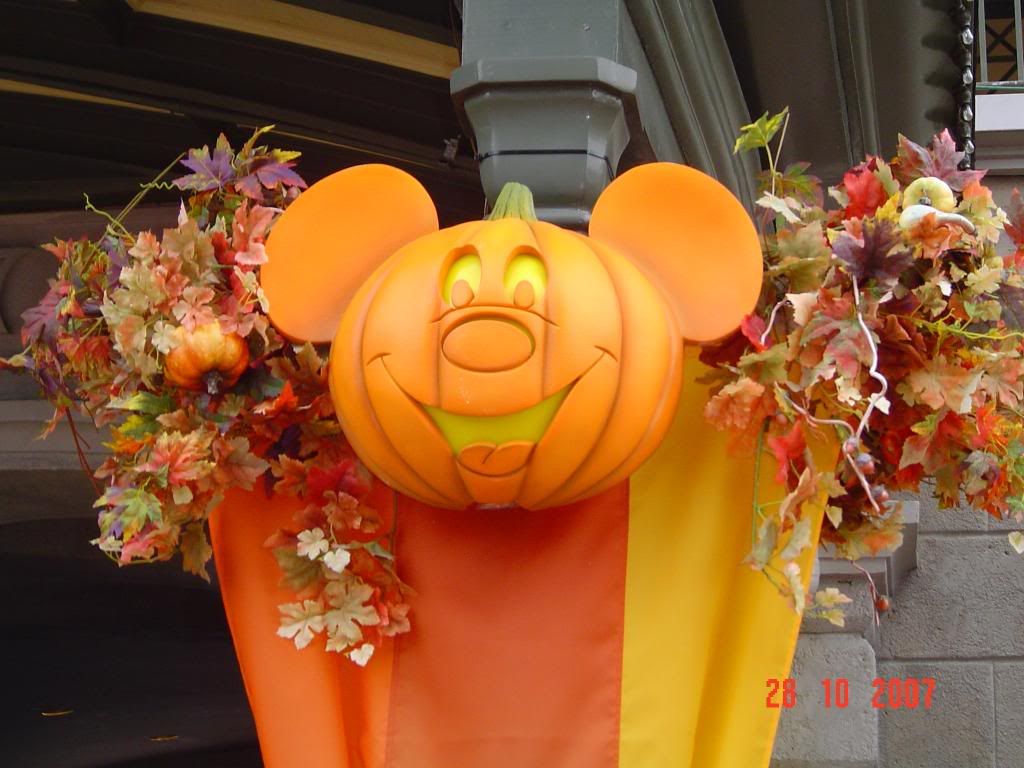
As a matter of fact, I loved those so much {NOW PROMISE NOT TO LAUGH}... that I tried to copy the idea at home this year. Of course, I couldn't get my hands on a Mickey pumpkin but that's OK. *I* know it's patterned after Main Street. Needs more fall leaves, don't you think?
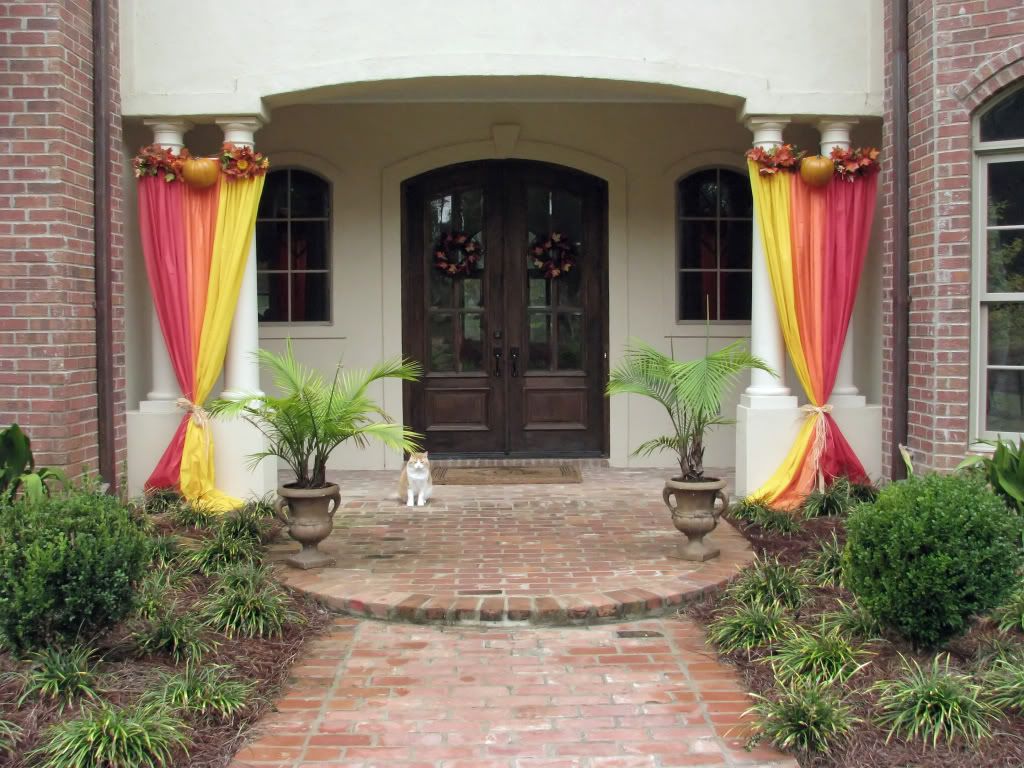

As a matter of fact, I loved those so much {NOW PROMISE NOT TO LAUGH}... that I tried to copy the idea at home this year. Of course, I couldn't get my hands on a Mickey pumpkin but that's OK. *I* know it's patterned after Main Street. Needs more fall leaves, don't you think?

ColleenMarie
Member
My last trip for Halloween (in 2007  )
)
I had the pleasure of going alone.
I took the time to take some shots as I meandered up the street -
I REALLY enjoyed the decor.
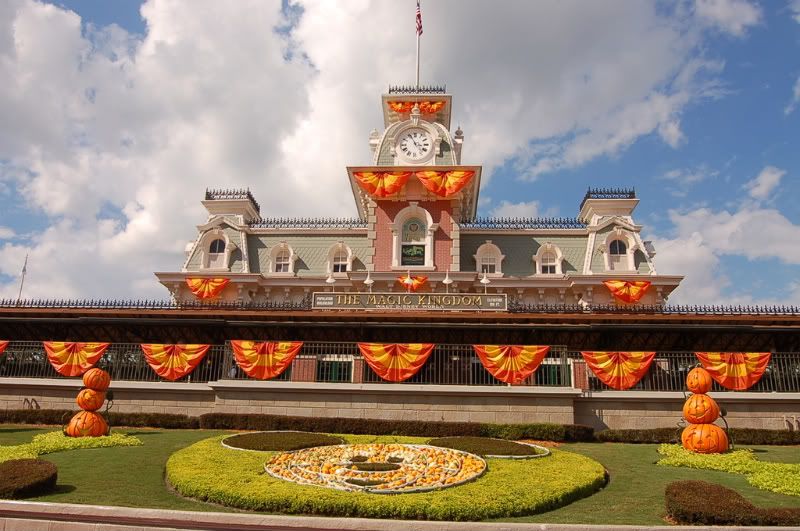

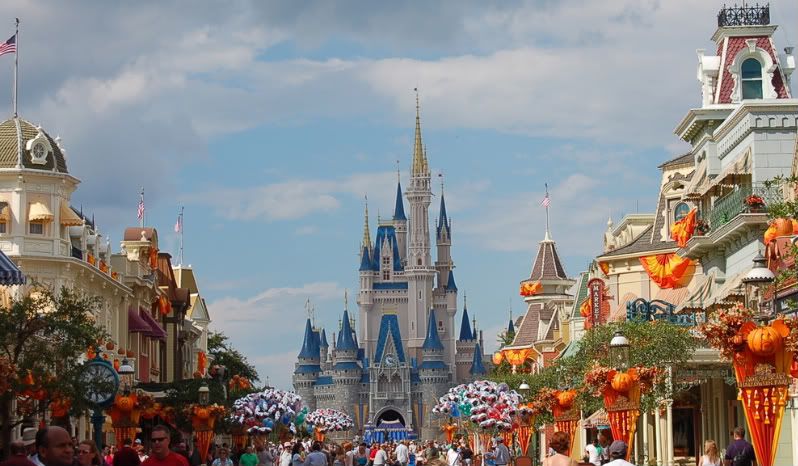
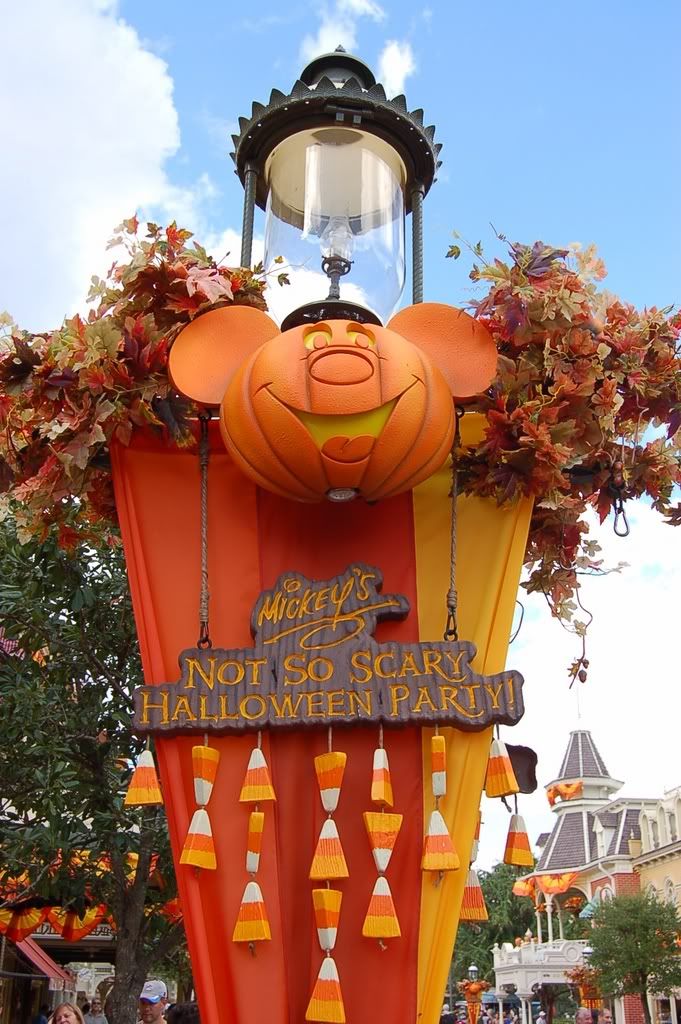
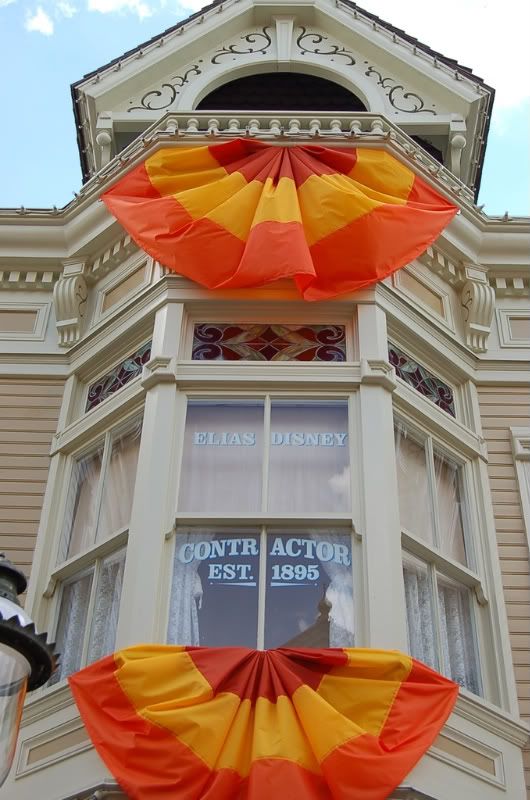
I had the pleasure of going alone.
I took the time to take some shots as I meandered up the street -
I REALLY enjoyed the decor.





I grabbed a few myself when I was up there in early September...




It was still way too hot to lurk around taking hundreds of photos - I had my camera and 1 walkaround lens, and probably shot around 30 shots in MK! The park was nice and empty, so most of my time was spent going from shade to AC to shade and back to AC.
Lovely photos on here - especially great color and light on yours, Scott.




It was still way too hot to lurk around taking hundreds of photos - I had my camera and 1 walkaround lens, and probably shot around 30 shots in MK! The park was nice and empty, so most of my time was spent going from shade to AC to shade and back to AC.
Lovely photos on here - especially great color and light on yours, Scott.
Last edited by a moderator:
PolynesianMedic
Global Moderator
I hadn't even noticed that until you pointed it out.
I actually wanted to make even more ghost people shots - I love making those at Disney - but two things conspired against it - 1. I didn't have my ND400 filter with me, and 2. It was too hot to bring a tripod and stand around taking long shutter shots! 
In this case, the ghosting is the result of taking 5 or 6 frames and stacking them.
In this case, the ghosting is the result of taking 5 or 6 frames and stacking them.
Last edited by a moderator:
"zackiedawg" said:In this case, the ghosting is the result of taking 5 or 6 frames and stacking them.
I've heard of this but I don't know what it entails exactly. Can you elaborate or point me to a link that explains it?
(Is this something that should be talked about on the Photography 101 or Post Processing boards?)
it is a post processing topic but i will give a reader's digest version here so as to not hijack the thread...
stacking refers to taking numerous images and layering them, one on top of the other, in photoshop or similar program and blending them so they all appear to be one image. the advantage is you can expose for shadows, highlights, midtones, star trails, and anything else you like and get the best of everything if you are skilled with the computer.
in zackiedawg's case, the ghosting came from the fact that he used a very dark filter to slow the shutter significantly (ND400?) which caused the people to streak as they moved across the camera. where they disappeared is where the shutter closed at the end of the exposure.
stacking refers to taking numerous images and layering them, one on top of the other, in photoshop or similar program and blending them so they all appear to be one image. the advantage is you can expose for shadows, highlights, midtones, star trails, and anything else you like and get the best of everything if you are skilled with the computer.
in zackiedawg's case, the ghosting came from the fact that he used a very dark filter to slow the shutter significantly (ND400?) which caused the people to streak as they moved across the camera. where they disappeared is where the shutter closed at the end of the exposure.
Last edited by a moderator:
As Tim mentioned...stacking is taking multiple photos, and copying them then pasting them as new layers in PSP or Photoshop (or many other programs that allow multiple layers). Essentially, it just becomes one photo on top of another on top of another, and so on. You will only be seeing the topmost photo in the stack as you add more, and usually you'll have a control box or list that will show each layer's name and give you a few options to change how they are displayed. You have the option to change the level of opacity of each or all layers - making them partially see-through - and you can also change how the layers are blended together (screening, which combines the lightness values of the layer photo with the original to brighten it, multiplying which combines both lightness and darkness values to increase contrast and saturation, burning, dodging, color blend, saturation blend, and many more).
If you use two totally different photos, and blend them together in normal blending mode with 50% opacity, you'll get, say, a photo of a person at a beach ghosted over a photo of the castle. It'll just look like two photos accidentally exposed together. But if you take say 5 photos of the exact same scene, with the camera on a tripod, then only things that are moving will be different in each frame. If people are walking through the shot, and you take 5 shots, then stack these 5 shots and adjust the opacity of each layer to 50%, then all of the fixed objects like buildings and light posts will look identical, but objects that are only in 1 place in 1 photo at any time will be partially invisible, or ghosted.
As Tim mentioned, I also like to take slow shutter daytime exposures which also achieve a ghosting effect, though all in-camera. By closing the aperture on your camera, and with the help of a very dark filter, you can leave the shutter open in broad daylight for 5, 10, or 15 seconds or longer. The result will be a scene exposed roughly the same as a normal snapshot exposure - sky, buildings, and other fixed objects will all look normal - but anything in motion will just be a blur or a streak. It works the same as a nighttime long shutter exposure does - streaky taillights, ghostly streaks of people, etc...except you are forcing it to happen in daylight by using very dark filters to fool the camera into thinking it's night.
Anyway...back to the Halloween Main Street thread!
If you use two totally different photos, and blend them together in normal blending mode with 50% opacity, you'll get, say, a photo of a person at a beach ghosted over a photo of the castle. It'll just look like two photos accidentally exposed together. But if you take say 5 photos of the exact same scene, with the camera on a tripod, then only things that are moving will be different in each frame. If people are walking through the shot, and you take 5 shots, then stack these 5 shots and adjust the opacity of each layer to 50%, then all of the fixed objects like buildings and light posts will look identical, but objects that are only in 1 place in 1 photo at any time will be partially invisible, or ghosted.
As Tim mentioned, I also like to take slow shutter daytime exposures which also achieve a ghosting effect, though all in-camera. By closing the aperture on your camera, and with the help of a very dark filter, you can leave the shutter open in broad daylight for 5, 10, or 15 seconds or longer. The result will be a scene exposed roughly the same as a normal snapshot exposure - sky, buildings, and other fixed objects will all look normal - but anything in motion will just be a blur or a streak. It works the same as a nighttime long shutter exposure does - streaky taillights, ghostly streaks of people, etc...except you are forcing it to happen in daylight by using very dark filters to fool the camera into thinking it's night.
Anyway...back to the Halloween Main Street thread!
Last edited by a moderator:
rhinohunter
Member
Never would have thought of that one to get the ghosts.